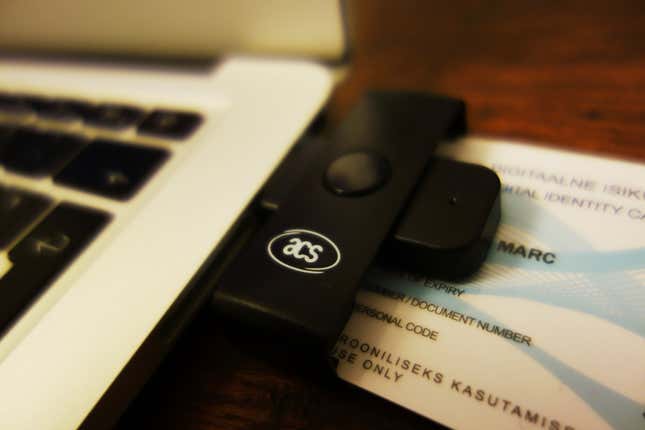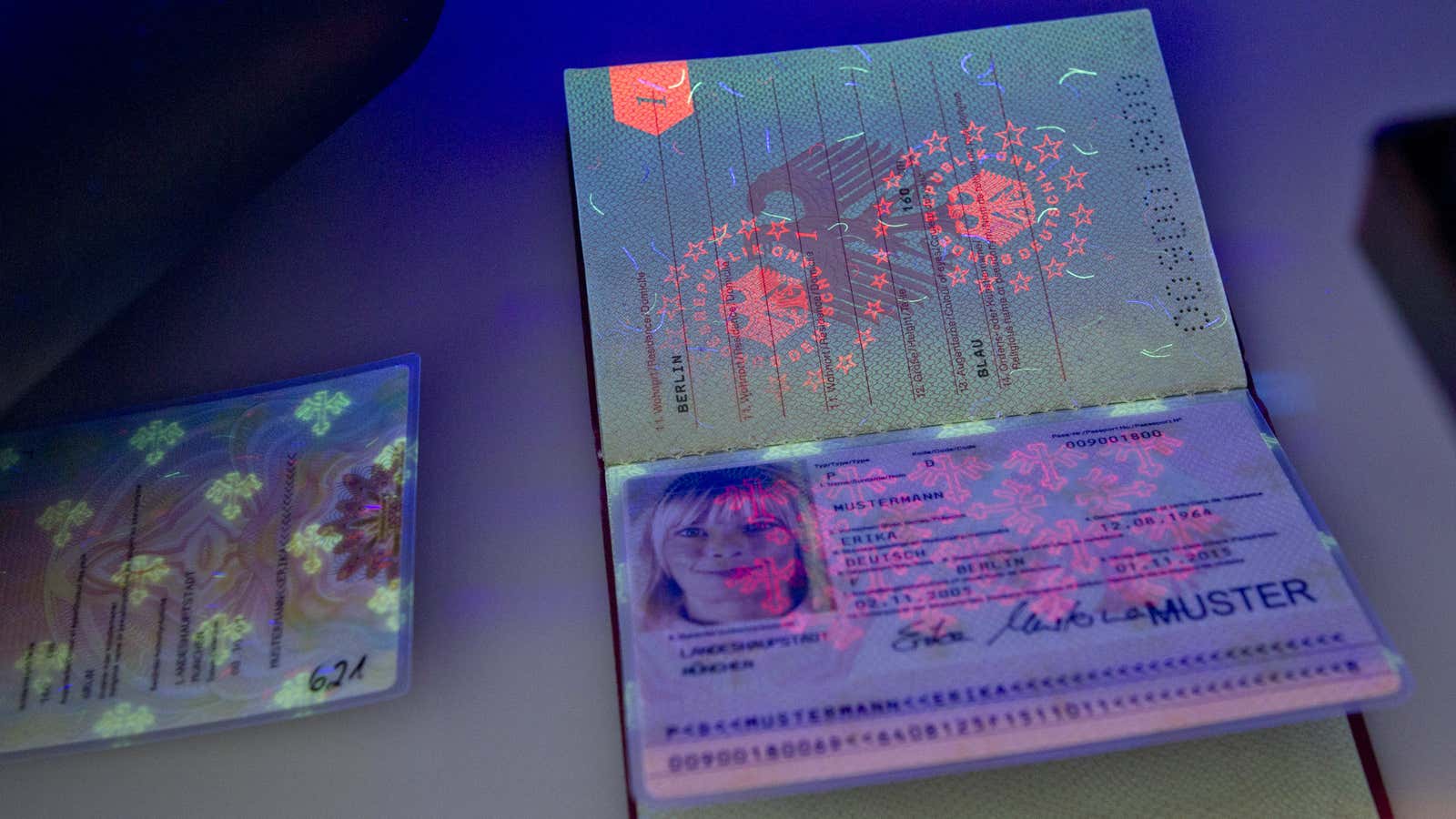Imagine if becoming a resident of another country was as simple as opening a Dropbox account?
Digital citizenship may now be on the horizon thanks to innovations like Estonia’s first-of-its-kind experiment in e-residency, which gives non-citizens an Estonian digital identity.
For Estonia, technology isn’t just a way to keep up with bigger nations’ innovations, but a way of thinking differently about the idea behind a national brand and what it“markets” to others. While other countries vie to create the next Silicon Valley, Estonia is busy turning itself into a nation-as-a-service, a kind of “app on the Baltic,” in the same way countries like Switzerland and Luxembourg became famous as banking havens decades ago. The latter countries took advantage of legal statutes, a less evolved form of code, to carve out their speciality niche. Estonia is remaking law to fit code itself as a way of redefining sovereignty in the 21st century. Other countries would be wise to watch.
The country’s e-residency project might not only change how economic migrants move across borders, but could also change how we think about citizenship altogether. This new kind of digital residency—which feels more like setting up a Pinterest account than getting a passport—has already attracted thousands of applicants from outside the Baltic nation after less than a year of being open to the public.
16th century pain for 21st century gain

As of late September, the program has issued over 5,000 e-residency kits, which allows participants to set up and manage a business and bank from outside the country. As part of the EU, this has particular attractions for those wanting to trade in the region. Estonia’s government sees it as a way to gain a foothold inside the world’s most progressive experiment in digital government. It is boldly aiming for 10 million new e-residents by 2025 for a country with just over 1.3 million actual residents. (It doesn’t provide physical residency rights or formal citizenship.)
While most progressive nations are trying to make it easier to attract highly skilled migrants with new types of business visas, the rules and regulations, covering everything from registering a business to getting a bank account and a place to live, haven’t nearly kept up. Setting up shop in a new country can be a bureaucratic nightmare. I know, having recently done this myself with a move from the US to the Netherlands. The result is an experience that feels more like the 16th century, when passports were more formally established, shuffling paper with stamps and seals from office to office across continents.
This isn’t the country’s first foray into pioneering technology. It was the development home to Skype, and more recently TransferWise, which has attracted attention by applying a similar approach to foreign currency exchange. Its own government has long pursued total digitization of services, in part to stand out globally as a small nation, and as a survival strategy should Russia, decide to repeat its actions into Ukraine by moving into another territory formerly under Moscow’s control.
Hack your visa
Just getting the program up and running wasn’t sufficient for Taavi Kotka, the country’s CIO, who runs Estonia’s government technologies more like a company. Instead, the e-residency team did what any tech organization would do today and invited hackers to take becoming a digital Estonian in new directions. Held on Vormsi Island off the coast of the Baltic country in mid-September, the weekend hackathon engaged over 80 participants from 26 countries, generating 10 prototype future services based on the digital ID, as well as two concepts for e-voting.
The winning concept, InstaVisa, promises an experience for visa applications similar to website sign-ins that use Google, Facebook or Twitter IDs. InstaVisa would use data from an Estonian digital ID to fill in visa applications to enter the country physically.
Robert Norris, founder of InstaVisa, told me his team’s concept started with some basic questions about the relevancy of today’s border crossing conventions in the near future: “Ten years from now, what will visas look like? Will they be a stamp in my passport or will they be just a crypto key on my phone? Will there be any point to visit an embassy or consulate at all?”
Norris said traditional visa processes dampen the excitement of going from one country to the next. “Last year, the stats were around 17 million people applied for visas into the Schengen Zone,” he told me. “How many people needed to [travel to] consulates and embassies to prove their identification? Many people are going twice, to show their passport and documents, and then again to pick up the visa? I want to create a platform that does to visas what Google or Facebook logins did to user authentications. I believe we can make the world less rigid without sacrificing safety.”
